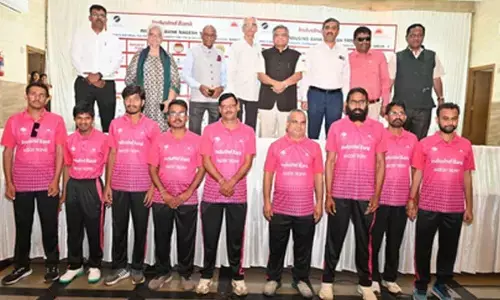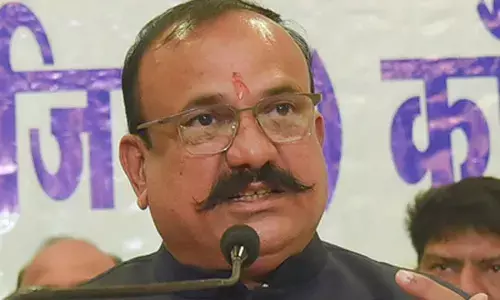How Veterinarians Are Using Apple Watches to Monitor Wildlife

Veterinarians are now using Apple Watches to monitor the heart rates of lions and other animals, showcasing innovative wildlife health practices.
In the wild, it's not just humans benefitting from the latest wearable technology. Apple Watches are now playing a crucial role in monitoring the heart rates of lions and other animals. This innovative approach, led by Australian wildlife veterinarian Dr Chloe Buiting, involves using Apple Watches to track the vital signs of these majestic creatures. Dr Buiting recently shared a fascinating video where an anaesthetized lion had an Apple Watch strapped to its tongue, demonstrating this unique application of modern technology.
Pioneering Wildlife Health Monitoring
This inventive method, described by Dr. Buiting as an "off-label" use of Apple technology, highlights the boundless potential of tech in saving lives, whether human or animal. Known on Instagram as @Jungle_doctor, Dr. Buiting revealed that this technique was inspired by Dr. Fabiola Quesada, a prominent wildlife and conservation veterinarian. Dr Quesada initially used an Apple Watch to measure the heart rate of an elephant by taping it to the animal's ear. Given the challenges of monitoring the heart rates of large and potentially dangerous animals in the wild, this method has proven remarkably effective.
Following a similar approach, veterinarians wrapped an Apple Watch around a sedated lion's tongue. This allowed them to monitor the lion's heart rate during medical procedures accurately. This technique ensures efficient tracking of vital signs, providing critical data to veterinarians while minimizing the risk to both animals and humans.
How the Apple Watch Measures Heart Rate
The Apple Watch uses photoplethysmography technology to measure heart rate. This method is based on the principle that blood reflects red light and absorbs green light. The watch uses green LED lights paired with light-sensitive photodiodes to detect the amount of blood flowing through the wrist at any given moment. As the heart beats, the blood flow and green light absorption vary. By flashing its LED lights hundreds of times per second, the Apple Watch calculates the heart rate by measuring these fluctuations.
According to Apple, the optical heart sensor in the Apple Watch supports a range of 30-210 beats per minute. To enhance accuracy, the sensor compensates for low signal levels by increasing both LED brightness and sampling rate. It also uses infrared light for background heart rate measurements and notifications. For activities like workouts and Breathing sessions, the Apple Watch employs green LED lights to measure heart rate, calculate walking averages, and assess Heart Rate Variability (HRV).
Latest models like the Apple Watch Series 4 and later, and all models of the Apple Watch Ultra, are equipped with electrodes in the Digital Crown and the back of the watch. These can measure the electrical signals across the heart when used with the Heart Rate app or the ECG app. By placing a finger on the Digital Crown, the device captures electrical impulses across the chest, creating a closed circuit between the heart and both arms.
For precise heart rate readings, users can open the Heart Rate app and place their finger on the Digital Crown, achieving a measurement every second. The ECG app, available in certain regions, provides a detailed snapshot of heart health by taking an electrocardiogram.
The use of Apple Watches by veterinarians to monitor the heart rates of lions and other wildlife represents a remarkable convergence of technology and animal care. This innovative practice, led by forward-thinking veterinarians like Dr. Chloe Buiting and Dr. Fabiola Quesada, showcases how modern technology can be adapted to meet the unique challenges of wildlife health monitoring. As these methods continue to evolve, they promise to enhance the care and protection of animals in the wild, ensuring their well-being in an ever-changing environment.

















